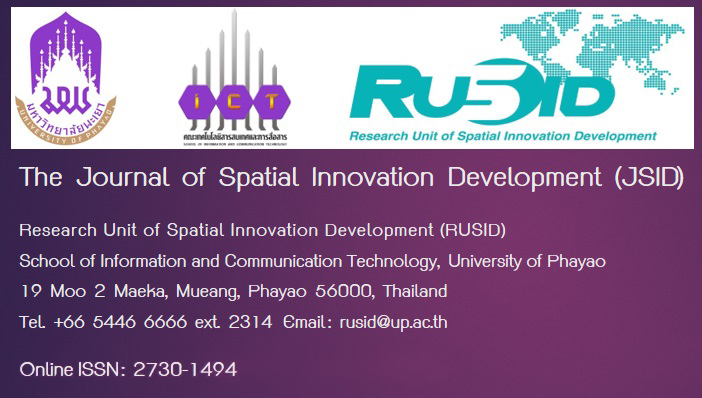The Development of Below Knee Stump Model to Promote Stump Bandaging Skill for Physical Therapy Students
Keywords:
Below Knee Stump, Innovation, Physical Therapy, BandageAbstract
Bandaging the below-knee stump using models is an essential skill for physical therapy. Currently, models are sold at a relatively high price. Therefore, it has limited use in educational institutions. The researchers developed the below-knee stump model with a realistic size and shape using materials easily procured within a budget. The objectives were to evaluate the effectiveness of the below-knee stump model developed by the researchers for practicing bandage skills and to compare user satisfaction. Three experts assessed the efficacy of the developed model. Forty-eight second-year physical therapy students were invited to satisfy the model. The tools used in this study were a performance evaluation form of a below-knee stump model and a satisfaction assessment form after using the bandage practice on a below-knee stump model. The results found that: 1) The below-knee stump model featured a realistic shape and size, complemented by a durable soft rubber surface 2) The overall below-knee stump model's average performance was excellent (4.89 ± 0.17). 3) The average overall satisfaction of users with the use of the below-knee stump model was higher than the university of the below-knee stump model. The performance of the overall below-knee stump model was at an excellent level (4.67 ± 0.56 and 4.44 ± 0.74; p < 0.001, respectively). These findings suggested that the below-knee stump model developed by researchers can promote leg stump bandaging skills for physical therapy students before practicing with actual patients.
References
ดุจใจ ชัยวารนิชศิริ และวสุวัฒน์ กิติสมประยูรกุล. (2553). ตำราเวชศาสตร์ฟื้นฟู (พิมพ์ครั้งที่ 1). กรุงเทพฯ: โรงพิมพ์แห่งจุฬาลงกรณ์มหาวิทยาลัย.
พิชฌาย์วีร์ สินสวัสดิ์ และปณัชญา เชื้อวงษ์. (2565). การพัฒนานวัตกรรมหุ่นฝึกทักษะการดูดเสมหะ. วารสารการพยาบาล, 23(3), 409-417.
วัณณลภ โกวิท, สุธีรา ประดับวงษ์, กฤษฎา สิมมะลี และบวรศิลป์ เชาวน์ชื่น. (2554). การพัฒนานวัตกรรมทางการแพทย์หุ่นใบหน้าจำลองปากแหว่งเพดานโหว่. ศรีนครินทร์เวชสาร, 26(4), 259-265.
สมพจน์ หวลมานพ. (2565). การพัฒนาวัสดุ สื่อหุ่นจำลอง โดยใช้ยางซิลิโคนสำหรับฝึกทักษะเบื้องต้นทาศัลยศาสตร์สำหรับนิสิตแพทย์ คณะแพทยศาสตร์ มหาวิทยาลัยศรีนครินทรวิโรฒ. วารสารวิชาการ ปขมท, 12(3), 210 – 220.
สุณี เศรษฐเสถียร. (2555). นวัตกรรมหุ่นตอขาชนิดใต้เข่าเพื่อใช้ฝึกพันตอขา. เวชศาสตร์ฟื้นฟูสาร, 22(1), 10-14. หลักสูตรกายภาพบำบัดบัณฑิต หลักสูตรปรับปรุง 2565. (2565). คณะสหเวชศาสตร์ มหาวิทยาลัยพะเยา, 1-293.
อัศนี วันชัย, พรพิมล ชัยสา และรัศมี ศรีนนท์. (2560). การพยาบาลผู้ป่วยที่ได้รับการตัดแขนหรือขา. เชียงรายวารสาร, 9(2), 139-146.





